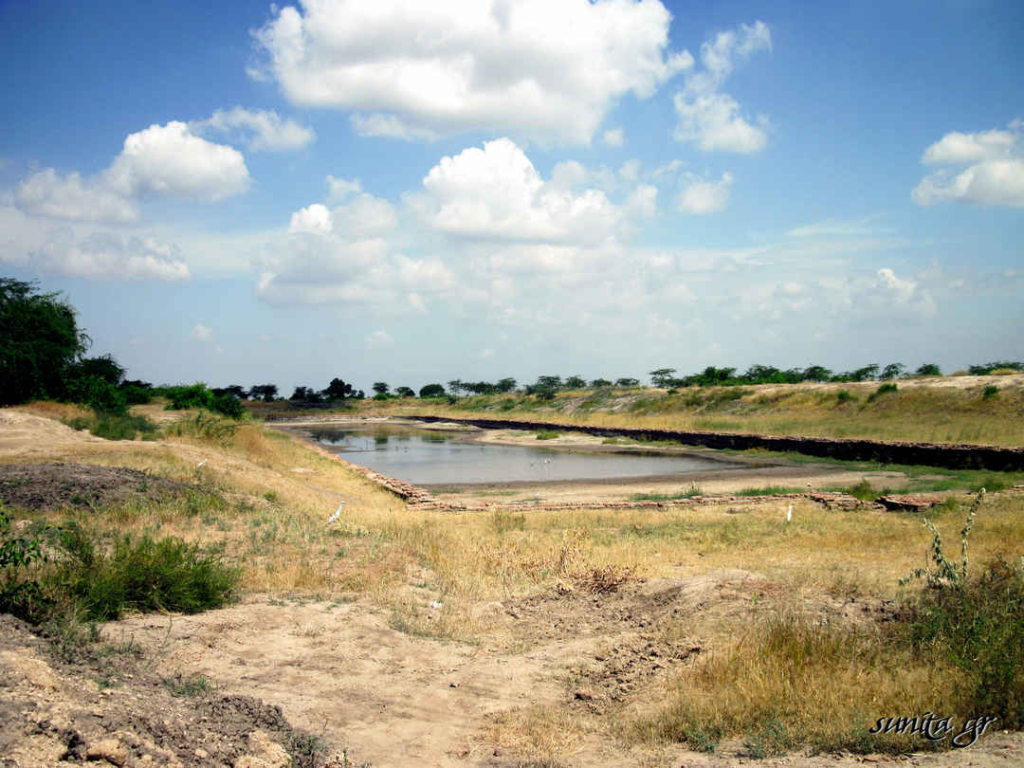
In the annals of history, there are places that whisper tales of a bygone era, offering glimpses into the lives of our ancestors. Among these, Dholavira and Lothal stand as silent sentinels, preserving the legacy of the ancient Indus Valley Civilization. Let’s embark on a journey through time, exploring the enigmatic sites of Dholavira and Lothal.
Historical Significance of Dholavira
Harappan Civilization
Dholavira, located on the Khadir island of the Rann of Kutch, was once a thriving metropolis during the peak of the Harappan Civilization, around 4500 years ago. Its existence paints a vivid picture of the sophisticated urban life that characterized this ancient civilization.
Urban Planning and Architecture
What sets Dholavira apart is its meticulous urban planning. The city was divided into three parts: the citadel, the middle town, and the lower town. Intricately designed streets, reservoirs, and buildings showcase the architectural prowess of its inhabitants.
Water Conservation
In an arid region like the Rann of Kutch, water was a precious resource. Dholavira ingeniously addressed this challenge with an elaborate system of reservoirs and channels, showcasing their advanced knowledge of hydro-engineering.
Archaeological Discoveries at Dholavira
The Great Reservoir
One of the most striking features of Dholavira is the colossal ‘Great Reservoir.’ Spanning over 214 feet in length and 36 feet in width, this engineering marvel collected and stored rainwater, serving as a lifeline for the city’s inhabitants.
Unique Signboards
In an astonishing display of urban planning, Dholavira boasts a series of ten large-sized signboards. These inscriptions, etched with the ancient Harappan script, remain a subject of scholarly intrigue, hinting at a sophisticated system of communication.
Sophisticated Drainage System
The city’s advanced drainage system showcases an astute understanding of sanitation. Channels and man-made lakes efficiently managed wastewater, underscoring the residents’ commitment to cleanliness.
Lothal: A Gateway to the Ancient World
While Dholavira thrived inland, Lothal, situated on the banks of the Sabarmati River, flourished as a maritime trade hub. Its strategic location facilitated trade links with distant lands, making it a pivotal point in the ancient world.
Maritime Trade Hub
Lothal’s dockyard, a marvel of ancient engineering, stands as a testament to its maritime prowess. Ships laden with goods from the far corners of the known world would dock here, shaping Lothal into a bustling trading hub.
Dockyard and Warehouse Complex
The dockyard complex, equipped with a tidal lock and a warehouse, attests to the meticulous planning that underpinned Lothal’s maritime activities. This infrastructure allowed for efficient loading and unloading of cargo, further fueling trade.
Artifacts and Evidence of Trade
Excavations at Lothal have unearthed a treasure trove of artifacts: beads, pottery, semi-precious stones, and more. These finds provide tangible evidence of the extensive trade networks that once crisscrossed the ancient world.
Similarities and Contrasts Between Dholavira and Lothal
Urban Layout and Planning
While both cities exhibit remarkable urban planning, Dholavira’s inland layout differs significantly from Lothal’s riverside configuration. These nuances shed light on the diverse approaches to urban life within the Harappan Civilization.
Economic Activities
Dholavira’s emphasis on water conservation and agricultural infrastructure reflects an agrarian economy. In contrast, Lothal’s maritime activities and trade networks highlight its commercial significance in the region.
Cultural Aspects
Despite their unique features, both cities share commonalities in their material culture, pottery styles, and technological advancements. These similarities provide insights into the interconnectedness of ancient societies.
Preservation Efforts and Tourism
Designated as UNESCO World Heritage Sites, Dholavira and Lothal are now open to the world. Visitors can walk the same streets as ancient civilizations, marveling at their ingenuity and resilience.
Contemporary Insights and Studies
Ongoing scientific research and excavations continue to unravel the mysteries of Dholavira and Lothal. From environmental studies to urban planning analyses, these endeavors promise to enrich our understanding of our shared past.
In the echoes of Dholavira and Lothal, we find not only relics of an ancient era but also timeless lessons in innovation, sustainability, and adaptability. These cities serve as a testament to the enduring spirit of human civilization.



